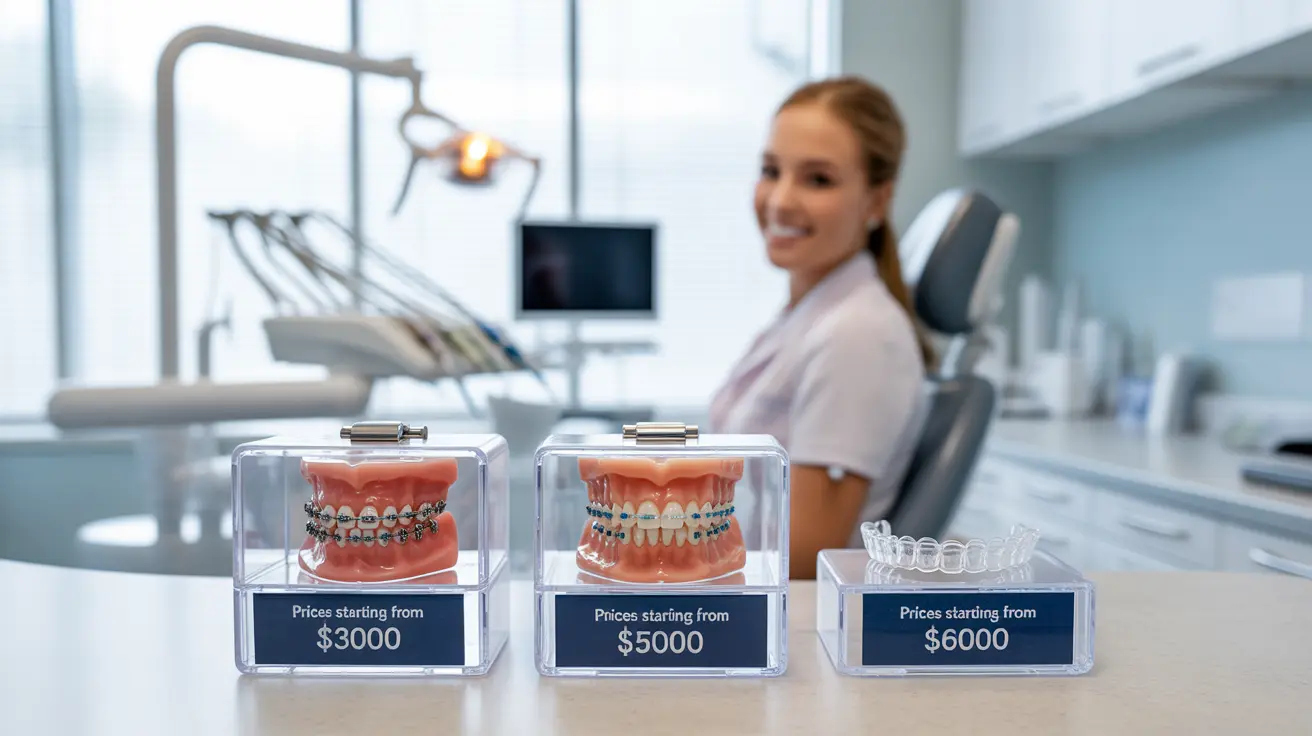Understanding the cost of braces is crucial for families and individuals planning orthodontic treatment. With various options available and multiple factors affecting prices, navigating the financial aspects of getting braces can feel overwhelming. This comprehensive guide breaks down everything you need to know about braces costs, insurance coverage, and payment options.
Understanding the Basic Cost of Different Types of Braces
The cost of braces varies significantly depending on the type you choose. Traditional metal braces typically range from $3,000 to $7,000, making them one of the more affordable options. Ceramic braces, which offer a more aesthetic appearance, usually cost between $4,000 and $8,000.
Clear aligners like Invisalign generally cost between $4,000 and $7,400, while lingual braces (placed behind the teeth) are typically the most expensive, ranging from $8,000 to $12,000.
Factors Affecting Braces Cost
Several key factors influence the final price of orthodontic treatment:
- Severity of dental issues
- Length of treatment time
- Geographic location
- Orthodontist's experience and expertise
- Additional procedures needed
- Type of braces selected
Insurance Coverage and Orthodontic Benefits
Dental insurance can significantly reduce out-of-pocket expenses for braces. Many insurance plans cover between 25% and 50% of orthodontic treatment costs, with typical lifetime coverage limits ranging from $1,000 to $3,000. However, it's essential to verify specific coverage details with your insurance provider, as benefits vary widely between plans.
Understanding Insurance Limitations
Be aware that many insurance plans have age limits for orthodontic coverage and may only cover traditional braces rather than cosmetic options like clear aligners. Some plans also require waiting periods before orthodontic benefits become available.
Geographic Cost Variations
The cost of braces can vary significantly based on location. Urban areas typically have higher prices due to:
- Higher operating costs for orthodontic practices
- Increased competition for experienced orthodontists
- Higher cost of living affecting overall healthcare prices
- Greater demand for orthodontic services
Affordable Alternatives and Cost-Saving Options
Several alternatives can help make orthodontic treatment more accessible:
- Dental school clinics (offering services at 30-50% lower costs)
- At-home clear aligners (typically $1,800-$2,500)
- Dental savings plans
- Community health centers
- Orthodontic payment programs
Payment Plans and Financing Options
Most orthodontic offices offer flexible payment arrangements:
- Monthly payment plans
- In-house financing options
- Third-party financing through companies like CareCredit
- Health Savings Account (HSA) or Flexible Spending Account (FSA) funds
- Discount programs for upfront payment
Frequently Asked Questions
What is the average cost of braces in the United States, and how does it vary by type? The average cost ranges from $3,000 to $12,000, depending on the type. Traditional metal braces are the most affordable ($3,000-$7,000), while lingual braces are the most expensive ($8,000-$12,000).
How much can insurance reduce the cost of braces, and what are the typical coverage limits? Insurance typically covers 25-50% of orthodontic costs, with lifetime coverage limits usually between $1,000 and $3,000. Coverage varies by plan and provider.
What factors contribute to the higher cost of braces in urban areas compared to rural areas? Urban areas have higher costs due to increased operating expenses, higher demand for services, greater competition for experienced orthodontists, and higher overall cost of living.
Are there any affordable alternatives to traditional braces, such as at-home clear aligners or dental school clinics? Yes, alternatives include dental school clinics (30-50% savings), at-home clear aligners ($1,800-$2,500), and community health centers. These options can provide significant cost savings compared to traditional orthodontic treatment.
How can I lower the monthly cost of braces, and what payment plans are usually available? You can lower monthly costs through insurance, flexible payment plans, third-party financing, HSA/FSA funds, and discount programs for upfront payment. Most orthodontists offer various financing options to make treatment more affordable.




